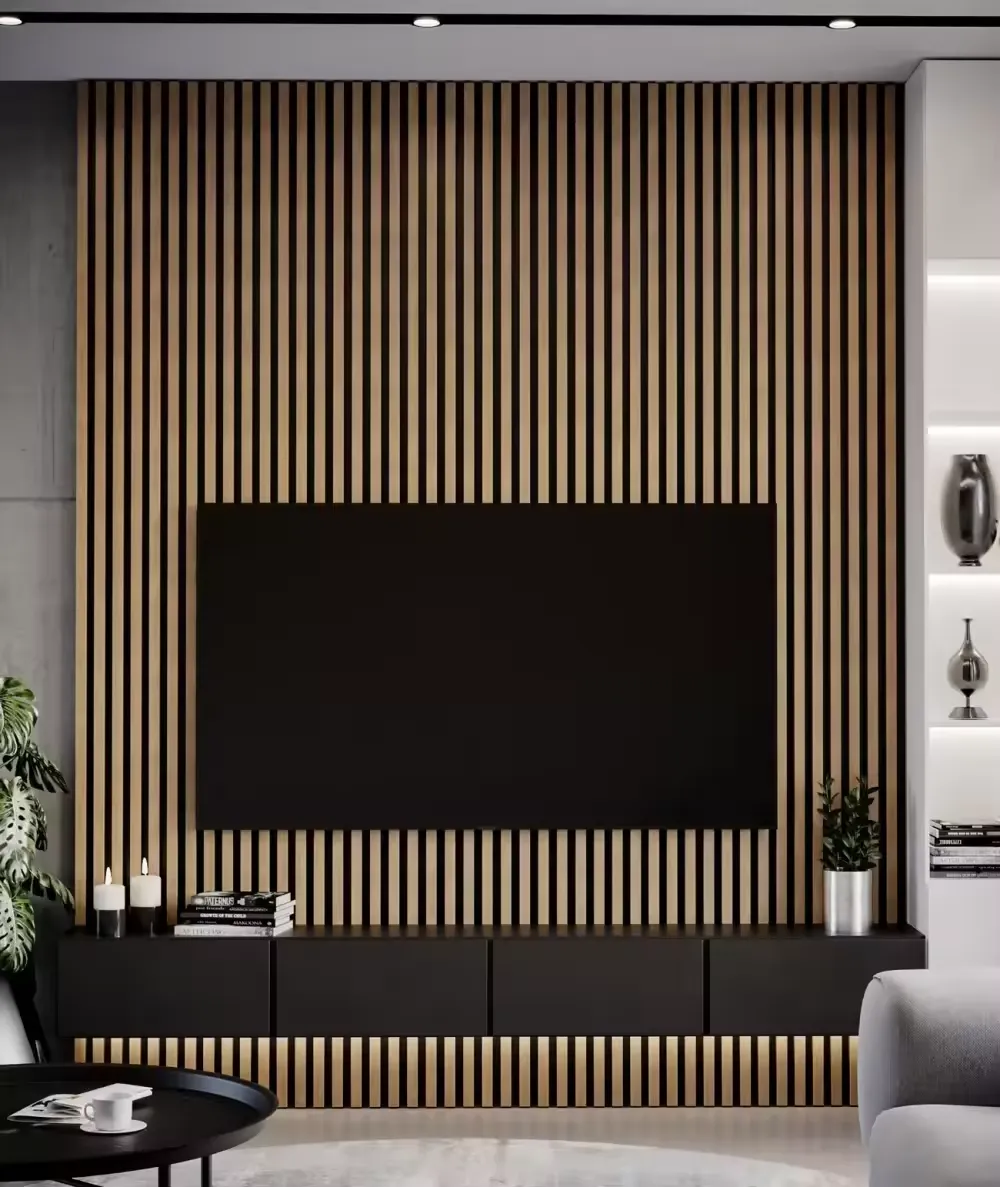Wood Wool Acoustic Wall Panels A Blend of Aesthetics and Functionality
In the contemporary world, the importance of acoustic comfort in both residential and commercial spaces cannot be overstated. Noise pollution has become an integral part of urban living, necessitating innovative solutions to improve sound quality within interior environments. Among the various options available, wood wool acoustic wall panels have emerged as a popular choice, offering a unique combination of aesthetic appeal and effective sound absorption.
What are Wood Wool Acoustic Wall Panels?
Wood wool acoustic wall panels are composed of natural wood fibers mixed with cement and water, which are then formed into panels that can be installed on walls or ceilings. The unique texture and structure of these panels allow them to effectively absorb sound waves, making them ideal for spaces where better acoustics are desired, such as offices, schools, theaters, and homes.
Acoustic Properties
One of the standout features of wood wool panels is their excellent sound absorption capability. Sound waves, when they hit hard surfaces, can create echoes and noise. Wood wool panels, due to their porous nature, can significantly reduce reverberation time in a room, leading to a more pleasant sound environment. This is particularly beneficial in settings such as open-plan offices where conversations can become overwhelmingly loud, or performance venues where clarity of sound is crucial.
The acoustic performance of these panels is measured using the Noise Reduction Coefficient (NRC), with higher values indicating better sound absorption. Wood wool panels often achieve impressive NRC ratings, making them a viable option for a variety of acoustic challenges.
Aesthetic Versatility
wood wool acoustic wall panels

Beyond their acoustic properties, wood wool acoustic panels are highly versatile in terms of design. They come in various colors, finishes, and shapes, allowing designers and architects to seamlessly integrate them into various interior styles—from modern and minimalistic to rustic and traditional. The natural appearance of the wood fibers adds warmth and texture to spaces, enhancing the visual appeal while simultaneously serving an acoustic purpose.
Sustainability
In today's world, sustainability is a key consideration for many consumers and businesses. Wood wool panels are typically made from renewable resources, making them an environmentally friendly choice. The production process, which utilizes natural materials, also results in minimal waste compared to synthetic acoustic solutions. Additionally, wood wool has a low carbon footprint, and its thermal insulation properties contribute to energy efficiency in buildings.
Installation and Maintenance
Installing wood wool acoustic panels is relatively straightforward, suitable for both new constructions and renovations. They can be adhered directly to walls or ceilings, or framed for a more modular approach. Maintenance is minimal, requiring occasional cleaning to keep them looking fresh and attractive.
Conclusion
Wood wool acoustic wall panels serve as an innovative solution for achieving better sound quality while enhancing the aesthetic appeal of interior spaces. Their excellent sound absorption properties, versatile design options, and sustainability make them an attractive choice for architects, designers, and homeowners alike. As urban noise continues to rise, the demand for effective acoustic solutions like wood wool panels will only grow, making them a wise investment for those looking to create harmonious and comfortable environments.
